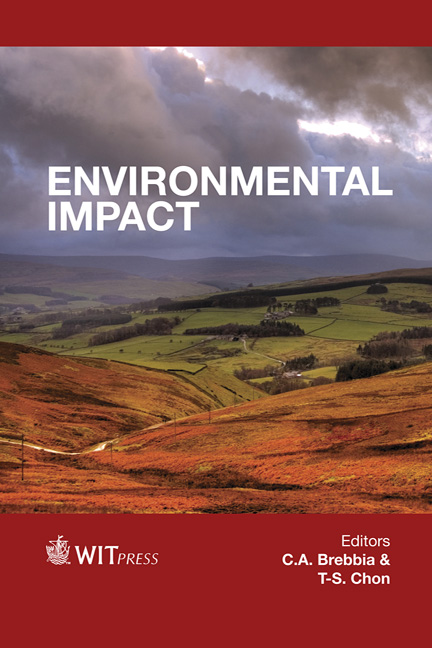The Role Of The Strategic Environmental Assessment (SEA) In Local Developments: Some Exploratory Perspectives Of The Stakeholders
Price
Free (open access)
Transaction
Volume
162
Pages
12
Page Range
97 - 108
Published
2012
Size
2,417 kb
Paper DOI
10.2495/EID120091
Copyright
WIT Press
Author(s)
L. Lihtmaa & K. Sepp
Abstract
During the last decades numerous tools have been developed and used to assist spatial planners in tackling the sustainability concept. In this article the strategic environmental assessment (SEA) is discussed in relation to local developments. The aim of the study was to explore the current understandings and practices of the role of SEA at the level of detail plans. The case study is based on the Tartu city region in Estonia. Analysis of research reports and interviews with key stakeholders were the study methods. The results show that SEA is not the expedient tool to address integrated sustainability at detail level. Indeed, if the SEA process is initiated, a relatively wide spectrum of impacts are assessed – even those that are not a part of the screening process at the first place. Different parties involved with the SEA process have various and even contradictory expectations that are frequently not met, thus dissatisfaction and low effectiveness of SEA are emerging. Keywords: EIA, SEA, sustainability, dissatisfaction, expectations, local developments, detail planning, stakeholders, Estonia. 1 Introduction Impact based planning has been agreed on Torremolinos Charter in 1983 [1] which lays the foundation to the planners in Europe. The most widely known definition of sustainable development (SD) is from 1987 by Burntland Commission [2]. The nature of both understandings is the distinction of natural and artificial environments. The difference between Torremolinos Charter and SD is the amount of special topics in the pillar of artificial environment. In Torremolinos Charter there are social, economic and cultural dimensions
Keywords
EIA, SEA, sustainability, dissatisfaction, expectations, local developments, detail planning, stakeholders, Estonia.





